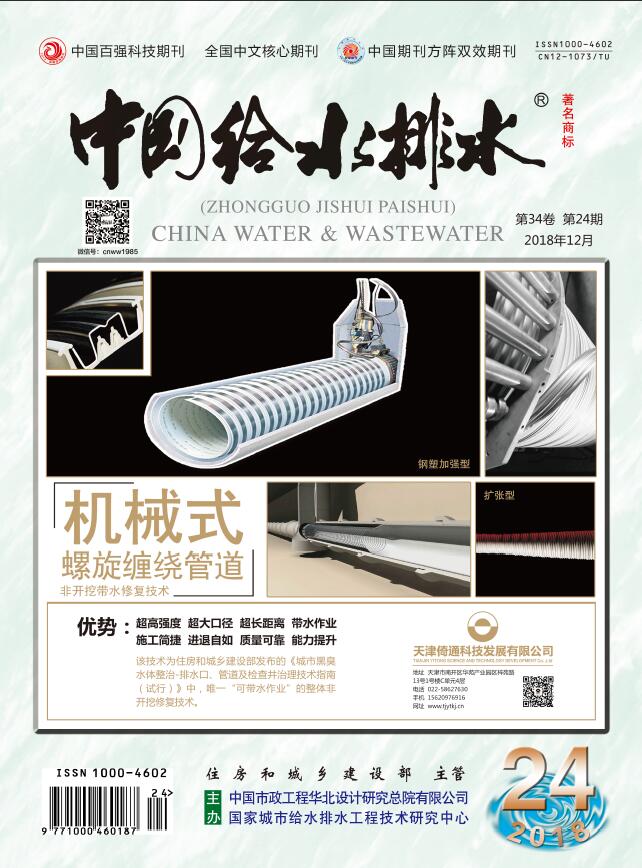TONGZhen-gong,ZHANGTong-tong,CHENZhe-wei,et al.Impact of Production Wastewater Recycling on Quality of Produced Water in Water Treatment Plant[J].China Water & Wastewater,2025,41(13):63-70.
Impact of Production Wastewater Recycling on Quality of Produced Water in Water Treatment Plant
China Water & Wastewater[ISSN:1000-4062/CN:12-1073/TU]
volume:
第41卷
Number:
第13期
Page:
63-70
Column:
Date of publication:
2025-07-01
- Keywords:
- drinking water safety; recycling of production wastewater; fluorescence regional integration; HAMs formation potential
- Abstract:
- Recycling production wastewater is an important method for water treatment plants to achieve energy conservation and emission reduction. Taking the water treatment plant using Ganjiang River water source as the study object, an analysis was conducted on the raw water from Ganjiang River, which has relatively high pollution levels during the rainy season, the water along the treatment process, and the recycled production wastewater. The pollution loads of indicators such as ammonia nitrogen (NH4+-N), total nitrogen (TN), and dissolved organic carbon (DOC) were calculated. The three-dimensional fluorescence-region integral method (FRI) was used to analyze the distribution characteristics of dissolved organic matter in the water samples. The impact of production wastewater recycling on the formation potential of highly toxic haloacetamides (HAMs) and its correlation with water quality indicators and the integrated volume of various fluorescence regions were investigated. The results showed that although recycling during the rainy season increased the pollution load of organics and inorganic nitrogen in the process, enhanced coagulation would result in the overall fluorescence intensity of the treated water being 1.7% lower than that without recycling. It also affected the variation trend of HAMs formation potential in the water along the treatment process. Pearson correlation analysis indicated a significant correlation between aromatic protein-like substances (tyrosine-like), nitrate nitrogen concentration, UV254, and TCAM and total formation potential in the effluent from each treatment unit. Moreover, the integrated volumes of various fluorescence regions could effectively predict the formation potential of DCAM and TCAM. Overall, indirect recycling of production wastewater during the rainy season has minimal impact on the quality of finished water.
Last Update:
2025-07-01

